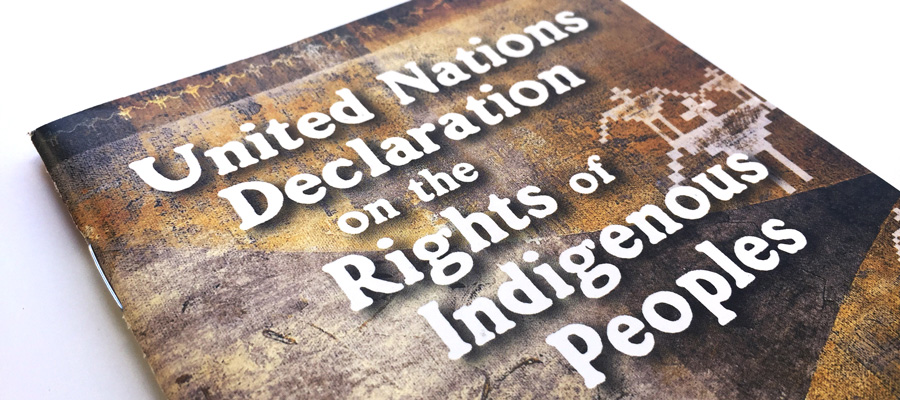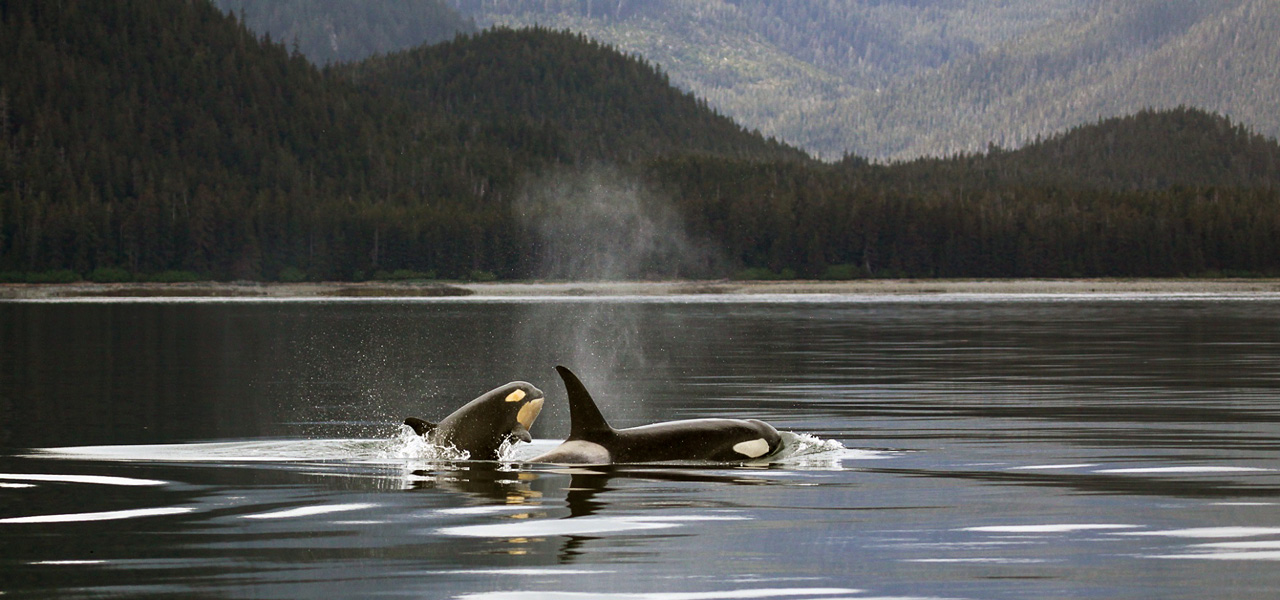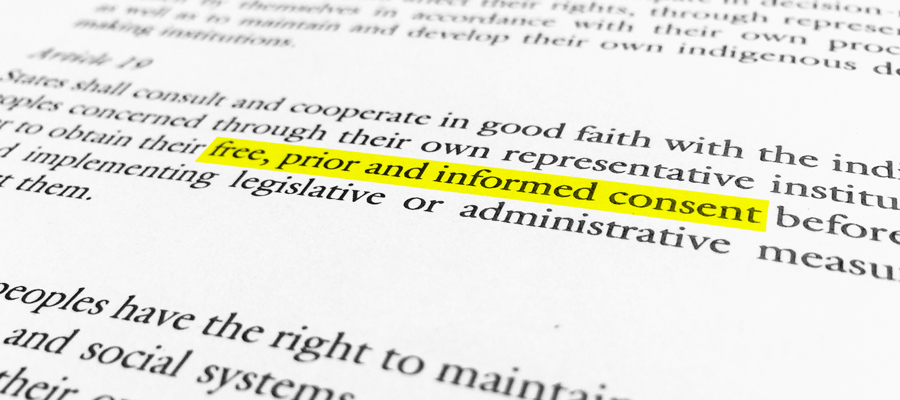Designated Indigenous seats: A possibility for political inclusion?

As the Federal Court of Appeal’s quashing of the Trans Mountain Pipeline Expansion (TMX) showcases, a wide chasm remains between the federal government’s platitudes of reconciliation and real action. Canada, the Court ruled, has again fallen short of its obligations to consult with and accommodate Indigenous peoples—to say nothing of the right to free, prior and informed consent outlined in the 2007 UN Declaration on the Rights of Indigenous Peoples. But while the Prime Minister continues to be more obstacle than agent of reconciliation, many Canadians view as urgent the implementation of the Truth and Reconciliation Commission’s 94 Calls to Action.
An interesting, if little discussed, option for Indigenous political inclusion has emerged from BC’s debate over electoral reform. As part of David Eby’s May 30 report, How We Vote, the Attorney General suggests a way to build Indigenous participation into the very structure of the electoral system: “One or more designated seats” could be set aside for Indigenous representatives in the provincial Legislature. The limited consultation that BC has done so far seems to suggest that there is interest in the creation of Indigenous seats among First Nations leaders. The AG’s report proposes that this matter be more closely explored after this fall’s referendum.
In the development of How We Vote, Eby contacted Indigenous community members and leaders, including through an online questionnaire. Of the roughly 3,000 Indigenous people who responded to the survey, fewer than five percent said that they felt adequately represented in BC’s Legislative Assembly. Asked how BC could correct the exclusion of Indigenous peoples, the report concludes: “The principal change advocated by Indigenous leadership was designated seats for Indigenous people in the Legislative Assembly.”
Less than five percent of the roughly 3,000 Indigenous people surveyed said that they felt adequately represented in BC’s Legislative Assembly.
On its face, the proposition appears to help address Indigenous under-representation in provincial politics in a manner consistent with BC’s various commitments to Indigenous rights. On one hand, it advances the Province’s May 2018 Draft Principles for relations with Indigenous peoples, which aim to “jointly design, construct and implement principled, pragmatic and organized approaches” to provincial-Indigenous relations. On the other, it substantively responds to the pledge that both BC and Canada have made in their endorsement of the UN Declaration, which recognizes that Indigenous peoples have the right to “participate fully, if they so choose, in the political… life of the State.”
Yet, How We Vote’s survey findings will need to be validated by much more extensive consultation with Indigenous peoples before BC decides whether or not designated Indigenous seats should be established. The Province should support First Nations leaders as they evaluate the long-term consequences of the proposal to decide if Indigenous seats—alone or combined with proportional representation—are in the best interests of Indigenous peoples.
Notably, the practice of designated Indigenous seats is already in effect in New Zealand and Bolivia.
It is also worth noting that in New Zealand—where in each election Maori voters choose whether they vote in the “Maori roll” or in the “general roll”—the system of proportional representation in place since 1993 has been very successful in boosting the number of Maori Members of Parliament. In fact, Maori representation has surged to the point that there is now an active discussion among Maori over eliminating the designated seats.
Another, quite distinct, route to Indigenous representation was proposed by the Royal Commission on Aboriginal Peoples in 1996, which called for a third Chamber of Parliament called the House of First Peoples. In contrast with the idea of designated Indigenous seats, the Royal Commission proposal is more consistent with a nation-to-nation framework for Indigenous-State relations.
If Indigenous people in BC should choose to pursue designated seats, numerous design details would need to be carefully worked out, with First Nations playing a central and equal role at the table in a framework of shared decision-making. For example, how would Indigenous representatives be selected—through a secret ballot for Indigenous people, or by First Nations’ leadership in BC? Would large regional ridings be established for the Indigenous seats, and how would they overlay with non-Indigenous ridings? Would political parties be afforded a role in the process? And perhaps most challenging, who counts as Indigenous—those recognized as members by First Nations in BC, those with federal Aboriginal status, or some other formula?
If Indigenous people in BC should choose to pursue designated seats, numerous design details would need to be carefully worked out, with First Nations playing a central and equal role at the table in a framework of shared decision-making.
The present composition of BC’s Legislature includes four MLAs that self-identify as Indigenous—two from the NDP, one Liberal, and one Green. Both of the NDP MLAs hold Cabinet-level positions: Finance Minister and Deputy Premier Carol James (Métis) and Minister of Advanced Education, Skills and Training Melanie Mark (Nisga’a, Gitxsan, Cree, and Ojibwe).
Four Indigenous MLAs is a record for BC. Time will tell whether the increased number of Indigenous MLAs is a trend; more likely, Indigenous representation will fluctuate over time. The creation of Indigenous seats in the Legislature would set a floor for Indigenous representation in Victoria. If seats were allocated in proportion to BC’s Indigenous population (nearly six percent according to Statistics Canada), around five of the provincial Legislature’s current 87 seats would be reserved for Indigenous peoples. If BC adopts a system of proportional representation and increases the Legislative Assembly to 95 seats, such representation would be six seats. Of course, political parties could still put forward additional Indigenous candidates as part of their slates for conventional ridings.
Nationally, Canadians’ support for Indigenous representation in our political institutions appears to be growing. A 2016 survey found that around two thirds of Canadians are “open to, if not clearly supportive of, mandating the representation of Indigenous peoples in the central institutions of the federal government.” The proposal for designated Indigenous seats may be an opportunity for BC to improve Indigenous inclusion. But deeper consultations and discussions must come first.
Topics: Democracy, First Nations & Indigenous



